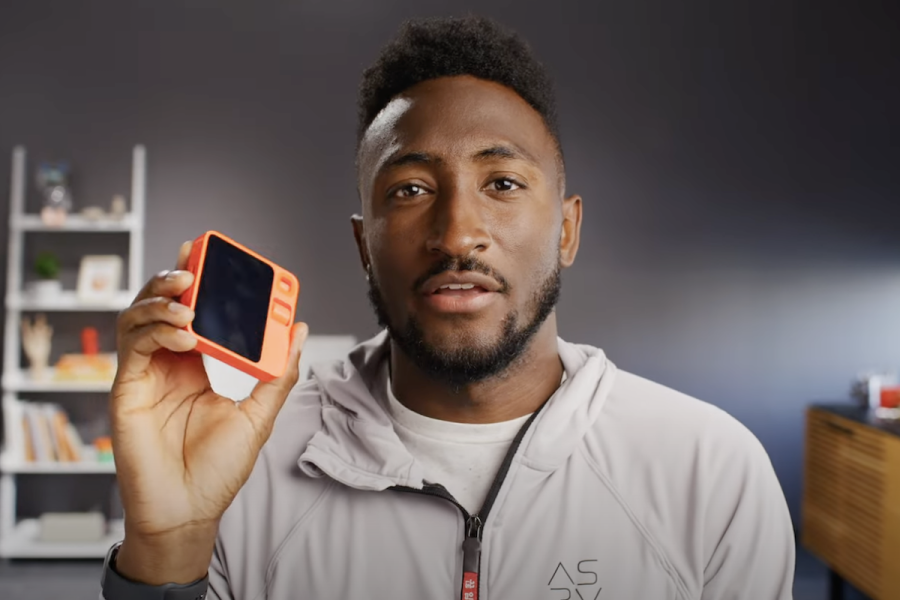Recently we spoke to Groupon CTO Ken Pelletier, who has overseen the technical team since the company was founded in 2007. Groupon was gone on to become perhaps the most successful social shopping service on the Web. In our interview, we discovered that Pelletier has specific views on how to develop a web product. So in this post on ReadWriteHack, we share with you some of his best practices on product development.

We asked Ken Pelletier what product development strategies he’s implemented as Groupon has grown. He replied that Groupon started out, from the very beginning, doing “really short iterations of work.”
The company first looks to get “the simplest thing that could possibly work out into the hands of our customers.” Then they gather feedback and do short iterations.
“From the very beginning, going all the way back to ’07,” Pelletier told us, “we’ve delivered [iterations of] products every single week. Even now as a product team – much, much bigger than it was when we started – we continue to use that philosophy.”

In support of this practice of short iterations delivered to production quickly, Pelletier said that Groupon does “lots of automated testing and all of the things you’d expect to make [it] safe and possible to do.”
“We’re going to continue to do that as long as it still gets results for us,” he added.
Groupon is also a big believer in small, cross-functional teams.
“We believe in bringing small teams of people together with a focus on a part of the product, so that there’s a certain amount of ownership and expertise that they accrue through doing that. But the teams are cross-functional. We try to hire people who’ve got a range of experience and backgrounds but we do lump engineers and designers and UX and QA and product managers together working elbow-to-elbow pushing out new products week-by-week.”
See also:The Beginnings & Evolution of Groupon’s Daily Deals
This product development philosophy reinforces Groupon’s core product principle: simplicity. Noted Pelletier:
“One of the things that I see as a challenge is to keep the simplicity which we think is one of the key parts of the recipe that makes Groupon work. It’s a pretty simple interface, it’s easy to use. So we’re going to defend that and not just add features.”
How does Groupon’s development philosophy compare your company’s? Let us know in the ReadWriteHack comments.
Image credit: MSIT Tribune





















